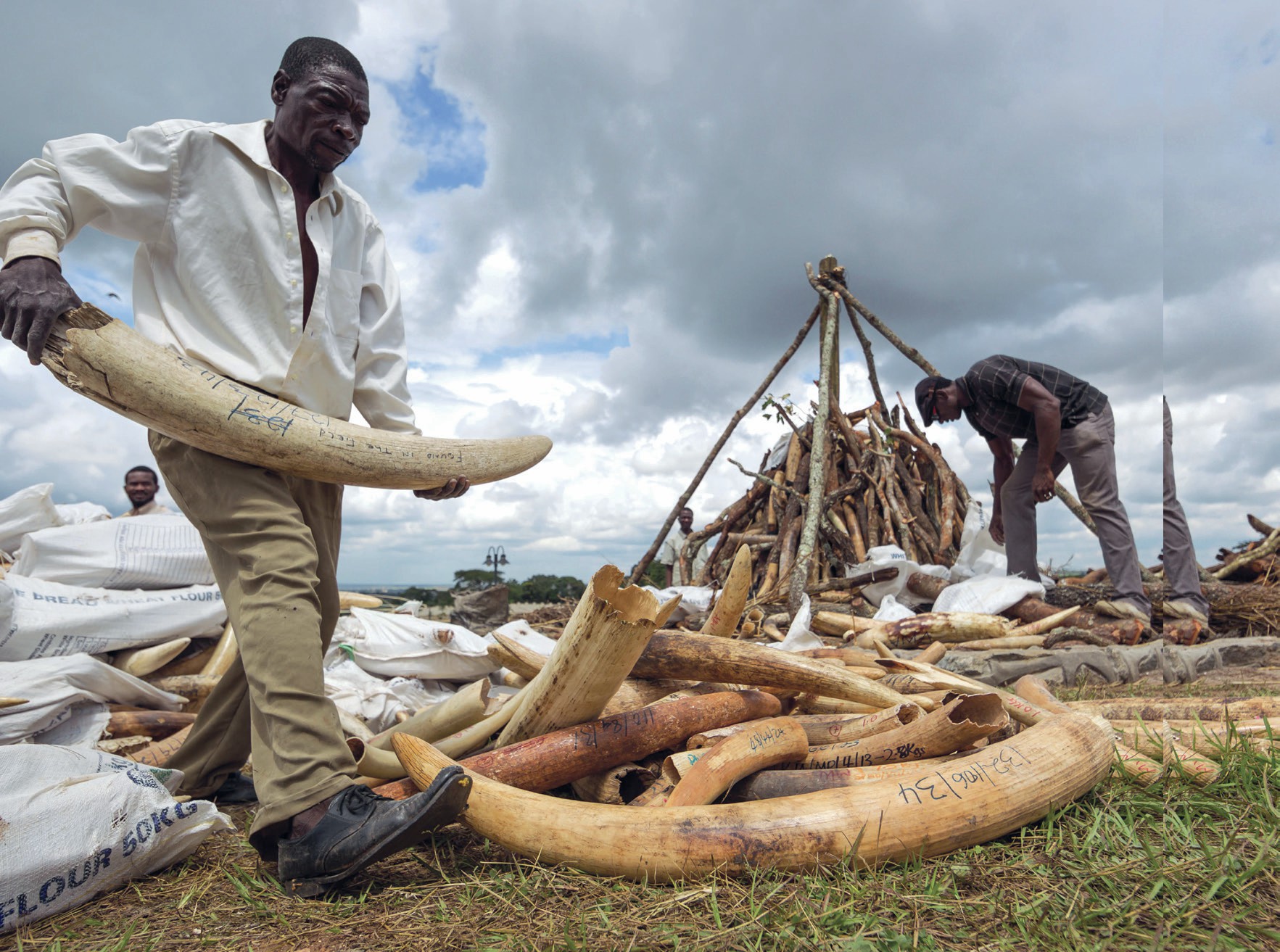
The trade in wild species of plants and animals is worth hundreds of billions of dollars. At the same time, more than 31,000 species of plants and animals are threatened with extinction. Thousands of other species are also decreasing in numbers. How do countries and the global community ensure that the wildlife trade is sustainable and compatible with the conservation of species? How does the increase in the illegal wildlife trade threaten this? And what is being done about it?
Wildlife can be traded as live or dead specimens, or as ‘worked’ products such as carved ivory trinkets, dried plants, alligator-skin boots and pangolin scales (Box 1). Wildlife and wildlife products are traded and consumed for ornamental, food and medicinal purposes.
Your organisation does not have access to this article.
Sign up today to give your students the edge they need to achieve their best grades with subject expertise
Subscribe




